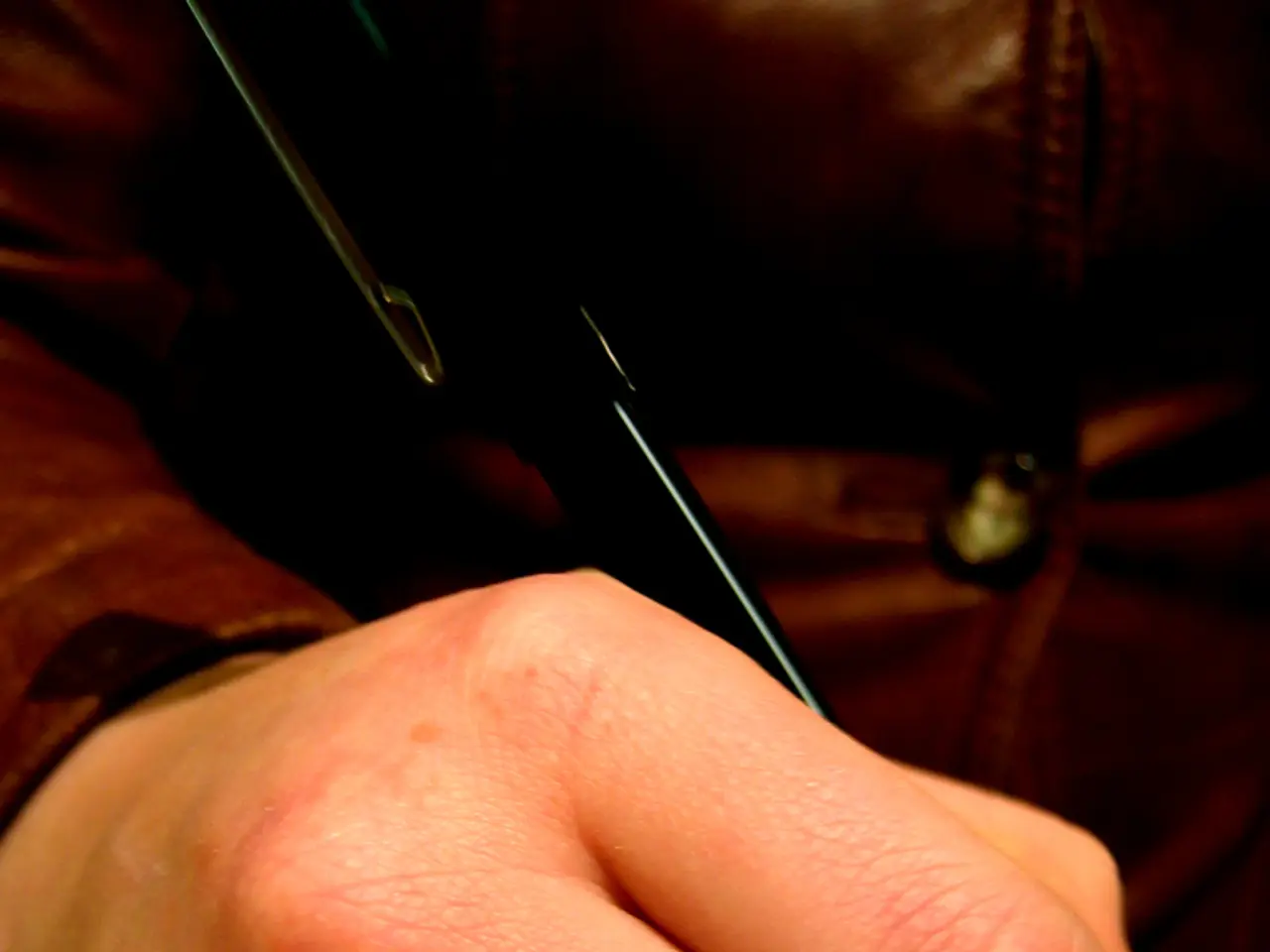Reason Behind Your Wobbly Handwriting in Calligraphy
Taming the Shakes: A Guide to Reducing Shaky Calligraphy for Beginners
Shaky calligraphy is a common issue faced by beginners, but fear not! This article provides a practical checklist to help figure out why your strokes are shaky and offers solutions to improve your calligraphy skills.
The primary causes of shaky calligraphy are lack of muscle control, insufficient practice, and sometimes nervousness or tension in the hand. Inexperienced calligraphers often struggle with the delicacy and precision needed for smooth, controlled strokes.
Key factors contributing to shakiness include:
- Weak fine motor control and hand muscles that are not yet accustomed to the demands of calligraphy.
- Tension and gripping the pen too tightly, leading to less fluid movement and more shakiness.
- Lack of familiarity with stroke techniques, such as the contrast between thin upstrokes and thick downstrokes typical in calligraphy styles like Copperplate.
To address shaky calligraphy, follow these tips:
- Practice basic stroke drills regularly to build muscle memory and control over fine movements.
- Relax the hand and hold the pen lightly rather than gripping tightly to minimize unnecessary tension and shaking.
- Start with simpler styles like monoline lettering, which require less stroke pressure variation and can help build confidence and control before moving on to more complex scripts.
- Gradually increase familiarity with tools and stroke techniques, focusing on maintaining steady, deliberate movements rather than speed.
Some beginners find it helpful to take workshops or follow guided tutorials to learn proper techniques and posture early on.
In addition to practicing, consider using tools that are easier to control for beginners. A small-tip felt brush pen like the Tombow Fudenosuke is recommended, while Tombow Dual Brush Pens may be harder to manage for those just starting out.
Don't forget to loosen the hand and wrist between strokes to reduce tension in your calligraphy. Setting reminders to shake out the hand or relax the shoulders every couple of minutes can also help reduce tension.
For paper, Rhodia Paper is mentioned as a type recommended for calligraphy. A beginner course called Show Me Your Drills is also mentioned as a resource for learning calligraphy.
Shakiness in calligraphy can sometimes be a sign of early stages of building muscle memory. However, if your shaky hands persist, it could be due to physiological factors like too much caffeine, lack of sleep, or stress. In such cases, it's important to address these issues to improve your calligraphy.
By developing hand strength, relaxation, and practicing consistent stroke patterns, beginners can significantly reduce shaky lines in their calligraphy. Happy practicing!
[1] Show Me Your Drills, a free course available online. [2] Copperplate, a calligraphy style characterised by thick downstrokes and thin upstrokes. [3] Rhodia Paper, a type of paper recommended for calligraphy. [4] Monoline lettering, a simplified calligraphy style with consistent stroke thickness. [5] Hyperthyroidism, a medical condition that can cause shaky hands.
- To boost muscle control and familiarize oneself with stroke techniques, consider enrolling in the free online course called Show Me Your Drills.
- For beginners, starting with simpler calligraphy styles such as monoline lettering can help build confidence and control before progressing to complex scripts like Copperplate.
- Invest in easy-to-control tools like a small-tip felt brush pen, such as the Tombow Fudenosuke, to help improve shaky calligraphy.
- In addition to practicing regularly, take time to loosen your hand and wrist between strokes to minimize tension and potential shakiness.
- Rhodia Paper is a type of paper that is highly recommended for calligraphy, as it provides a smooth, consistent surface for practice.
- If your shaky calligraphy persists even after following the tips, it might be due to physiological factors such as too much caffeine, lack of sleep, or stress; addressing these issues can aid in improving your calligraphy.
- When it comes to lifestyle, integrating relaxation techniques like shaking out your hand or relaxing your shoulders during practice sessions can help reduce tension in your calligraphy.
- Aside from calligraphy, taking workshops or following guided tutorials for other hobbies—such as fashion and beauty, food and drink, home and garden, relationships, pets, travel, cars, or even shopping—can also help alleviate stress and enhance creativity.




